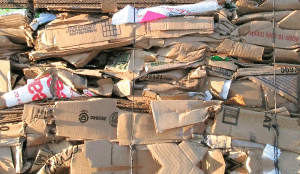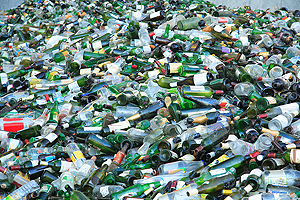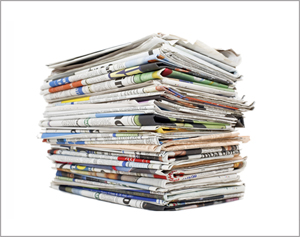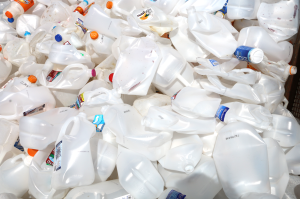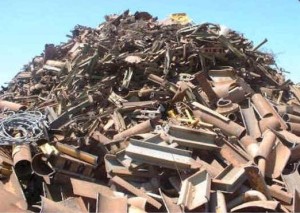All of us have a part to play in prolonging the lifespan of our incineration plants and landfill site. We can help to minimize the waste generated by adopting the waste management hierarchy, i.e. the 3Rs – Reduce, Reuse and Recycle.
Reduce – to avoid unnecessary waste generation.
Reuse – to use again.
Recycle – to convert unwanted things into useful and marketable recycled products.
Recycling Facts & Tips
In a lifetime the average American will throw away 600 times the amount of his or her adult weight in garbage. For example, a 150 pound adult will leave a trash legacy of 90,000 pounds.
Recycling Makes Sense
Recycling is an important component of protecting the environment and helping our local communities. Recycling helps conserve resources and energy, preserves valuable landfill space and supports a healthy environment.
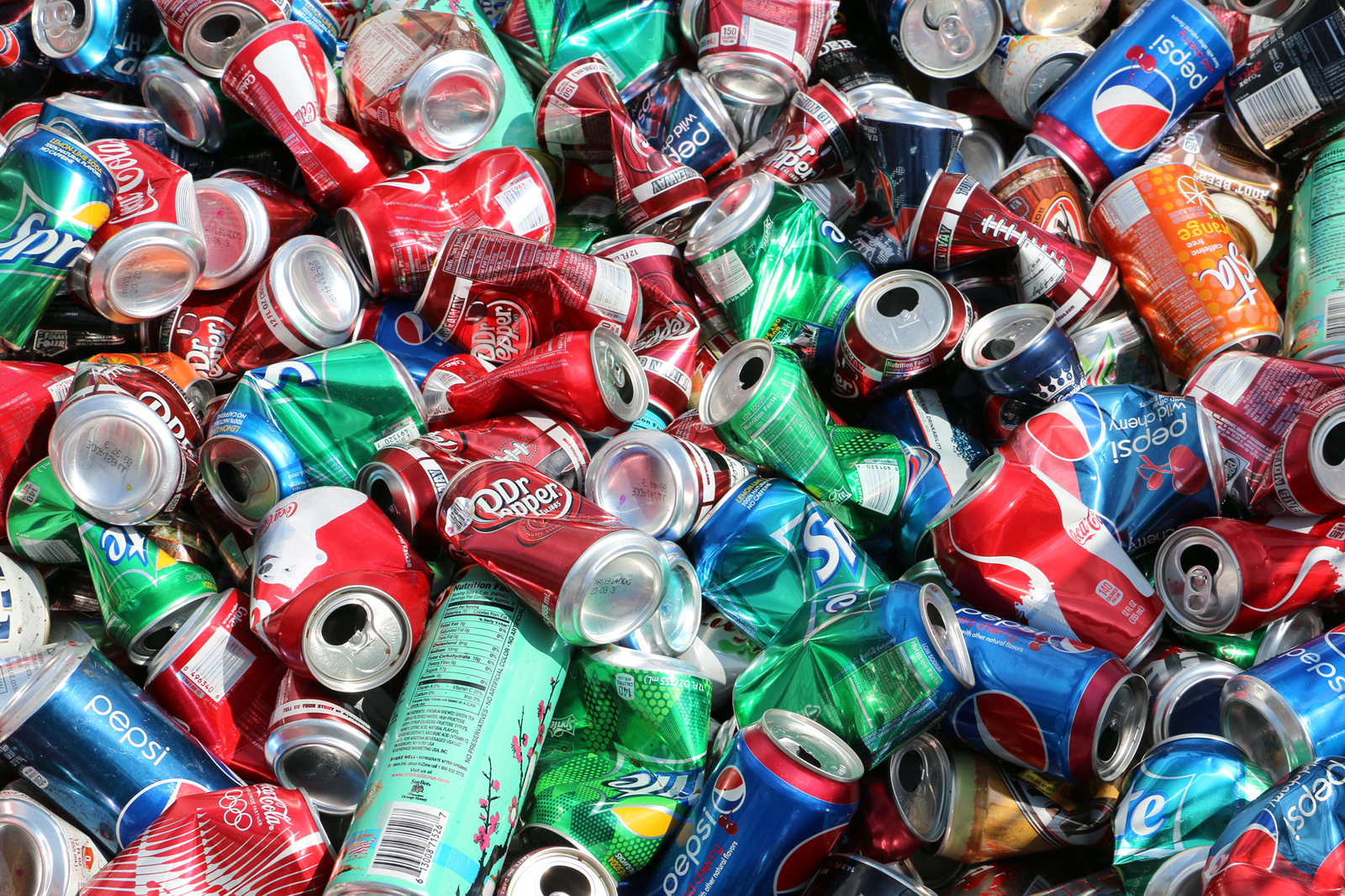 ALUMINUM RECYCLING
ALUMINUM RECYCLING
Recycling one ton of aluminum:
Saves 14,000 kWh of energy
Saves 39.6 barrels (1,663 gallons) of oil
Saves 237.6 million Btu’s of energy
Saves 10 cubic yards of landfill space
Aluminum Recycling Tips
Prepare aluminum cans for recycling by either crushing the cans to save space or leaving them uncrushed.
Cans that are rinsed out will have little or no odor and are less likely to attract bugs.
Recycling one ton of cardboard:
Saves 390 kWh of energy
Saves 1.1 barrels (46 gallons) of oil
Saves 6.6 million Btu’s of energy
Cardboard Recycling Tips
Prepare cardboard for recycling by removing all other materials in the box such as plastic wrap, polystyrene peanuts and other packing materials.
Break down cardboard boxes to save storage space.
Try to keep cardboard dry and free from food waste. Cardboard can get wet and still be recycled, but is more difficult to carry due to the added weight of the water.
Recycling one ton of glass:
Saves 42 kWh of energy
Saves 0.12 barrels (5 gallons) of oil
Saves 714,286 Btu’s of energy
Saves 2 cubic yards of landfill space
Saves 7.5 pounds of air pollutants from being released
Glass Recycling Tips
Prepare glass containers for recycling by rinsing out with water.
Labels on glass containers do not have to be removed because they are removed during the crushing process and/or burned off during the melting process.
Avoid breaking the glass and mixing broken colors together as this may make the glass unacceptable for recycling.
Recycling one ton of paper:
Saves 4,100 kWh of energy
Saves 9 barrels (380 gallons) of oil
Saves 54 million Btu’s of energy
Saves 3.3 cubic yards of landfill space
Saves 60 pounds of air pollutants being released
Saves 7,000 gallons of water
Saves 17 trees
Paper Recycling Tips
Recyclable paper includes: magazines and catalogs, telephone books, direct mail, brochures, pamphlets and booklets in addition to cereal, cake, chip and cracker boxes.
Be sure to remove the liner and all food from the box, flatten the box and place flattened box in a paper sack with your junk mail, mixed paper, magazines and catalogs.
Non-recyclable paper includes tissue, waxed and carbon paper.
*** WE ONLY ACCEPT WHITE PAPER AND CARDBOARD AT SIX-PAC RECYCLING, PLEASE CALL OUR OFFICE IF YOU NEED FURTHER CLARIFICATION ***
Recycling one ton of plastic:
Saves 5,774 kWh energy
Saves 16.3 barrels (685 gallons) of oil
Saves 98 million Btu’s of energy
Saves 30 cubic yards of landfill space
Plastic Recycling Tips
Prepare plastic containers for recycling by ensuring first that they are either:
#1 (PETE): soda-pop bottles, cooking-oil bottles and peanut-butter jars
#2 (HDPF): milk, water and juice bottles, bleach and detergent bottles, margarine tubs and some grocery sacks
#3 (PVC): window cleaner bottles, cooking-oil containers and detergent powder containers
#4 (LDPE): food packaging, shrink-wrap, carryout bags and heavy-duty bags
#5 (PP): butter and margarine tubs, yogurt containers, screw-on caps and drinking straws
#6 (PS): often incorrectly referred to as Foam cups or packing materials, a Dow Chemical brand trademark, the category includes cutlery and plates, foam coffee cups, egg cartons, meat trays and yogurt containers
#7 (Other): squeezable syrup and condiment bottles and some microwave food trays
These identification codes are often on the bottom of the plastic container encircled by three chasing arrows.
Remove plastic tops from the plastic containers being recycled and rinse containers with water.
Crushing containers will help save space while storing them.
*** PLEASE NOTE THE LIST ABOVE IS NOT NECESSARILY A LIST OF PLASTICS WE TAKE AT SIX-PAC RECYCLING ***
Recycling one ton of steel:
Saves 642 kWh of energy
Saves 1.8 barrels (76 gallons) of oil
Saves 10.9 million Btu’s of energy
Saves 4 cubic yards of landfill space
Steel Recycling Tips
Prepare steel cans for recycling by rinsing them with water to remove any food residue.
To save space, remove both ends of the steel can and crush flat.
Labels on the steel cans do not have to be removed since they are burned off during the melting process.

